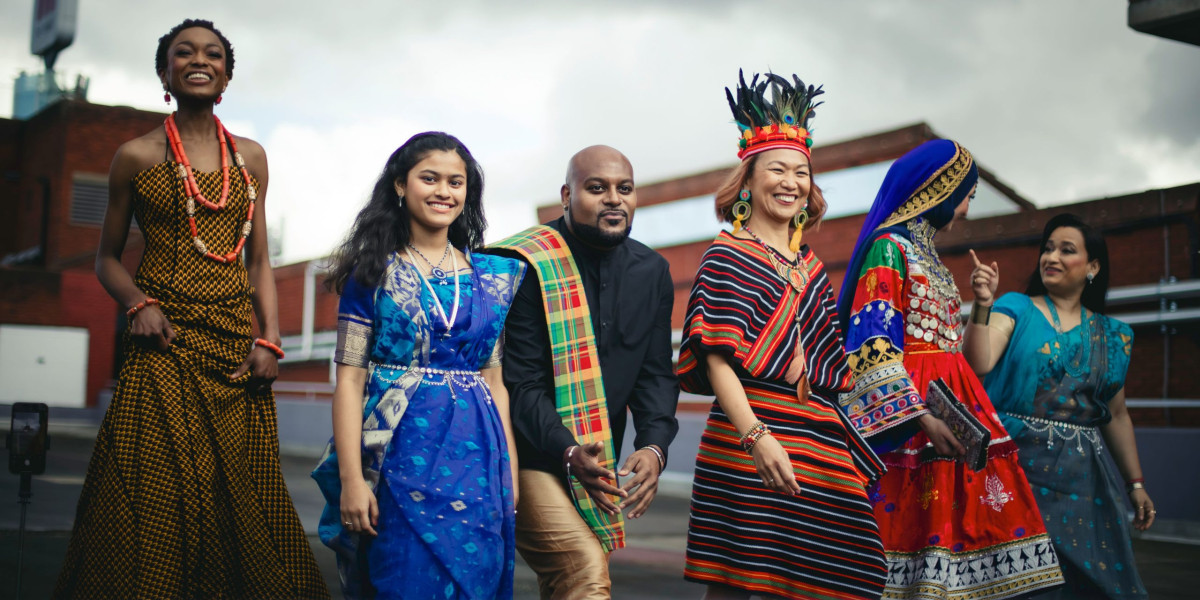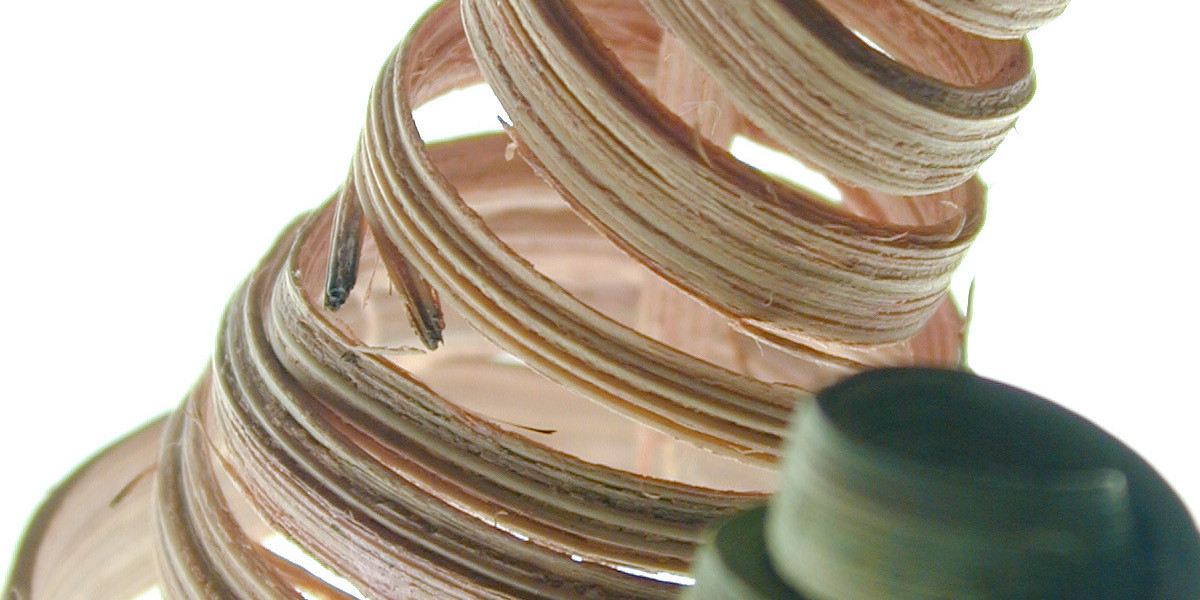Why Cultural Celebrations Demand Thoughtful Styling
We gather at festivals, weddings, and rites of passage to honor traditions that bind communities across generations. Styling for cultural celebrations goes beyond picking clothes; it reflects respect, identity, and joy in shared heritage. Beginners often feel overwhelmed by the array of fabrics, colors, and accessories specific to each event. Yet with clear guidance, anyone can create outfits that honor the occasion while feeling comfortable. This guide breaks down essential steps, from researching customs to selecting garments, ensuring your look contributes positively to the atmosphere. Mistakes happen when people ignore context, like wearing casual jeans to a formal Diwali gathering, but preparation prevents such slips.
Cultural styling builds confidence and fosters connections. Imagine arriving at a Lunar New Year banquet in a mismatched ensemble; it disrupts the harmony. Instead, thoughtful choices spark conversations and compliments. We focus on practical strategies drawn from diverse traditions worldwide, helping you navigate Indian saris, African dashikis, or Latin American huipil blouses with ease.
Researching Traditions Before Choosing Outfits
Every cultural celebration carries unique dress codes rooted in history and symbolism. Start by identifying the event's origins. For instance, during Eid al-Fitr, modest attire in flowing fabrics predominates in Muslim communities, emphasizing elegance over extravagance. Consult family members or online resources to understand dos and don'ts. A common error beginners make is assuming universality; what works for a Mexican Día de los Muertos parade differs vastly from Japanese Obon festival wear.
Compile a mood board with images from past events. Note recurring elements like gold embroidery in Chinese qipaos or vibrant beads in Native American regalia. This research phase saves time and avoids cultural appropriation pitfalls. We recommend speaking with elders or community leaders for insider tips, as written guides sometimes miss nuances. One beginner once wore white to a Hindu wedding, unaware it signifies mourning in that context, a blunder easily avoided through inquiry.
Selecting Fabrics and Colors That Align with Customs
Fabrics play a pivotal role in cultural styling, influencing comfort and authenticity. Silk shines for East Asian ceremonies due to its luster and breathability, while cotton suits warmer climates in Caribbean carnivals. Colors carry deep meanings: red symbolizes luck in many Asian traditions, green represents growth in Irish festivities. Beginners should prioritize natural fibers to handle long hours of dancing or feasting.
Layering adds versatility. In colder Scottish Highland games, wool kilts provide warmth without sacrificing tradition. Test fabrics for durability; a delicate chiffon might tear during energetic Greek wedding dances. We advise shopping at local markets or specialty stores for authentic materials, rather than mass-produced imitations. Pay attention to seasonal appropriateness—heavy velvets overwhelm summer solstice celebrations in Scandinavia.
Mastering Key Garments for Popular Celebrations
Saris and Lehengas for South Asian Events
Draping a sari requires practice, but beginners can start with pre-stitched versions. Pair with blouse pieces that match skin tone for seamless blending. Lehengas offer flared skirts ideal for twirling at Garba nights during Navratri. Accessorize sparingly to let the garment shine.
Kimonos and Yukatas for Japanese Festivals
Yukatas, lighter cotton robes, suit summer matsuri, while formal kimonos demand obi sashes tied precisely. Folding techniques preserve the fabric's integrity post-event. Beginners benefit from rental services to experiment without commitment.
Kente Cloth and Agbadas for African Gatherings
Ghanaian kente weaves bold patterns symbolizing prosperity; drape as wraps or sew into modern dresses. Nigerian agbadas flow generously, perfect for weddings. Combine with headwraps for completed looks.
The embroidered dress stands as a versatile staple across cultures, from Mexican otomi patterns bursting with floral motifs to Scandinavian folk designs in wool threads. We love how an embroidered dress captures handmade artistry, often passed down family lines, adding personal stories to celebrations like quinceañeras or midsummer feasts. Select one with subtle stitching for daytime events or intricate beadwork for evenings, ensuring it complements rather than competes with other attire.
Accessorizing with Cultural Sensitivity
Accessories elevate outfits but demand restraint. Jewelry in Indian festivals includes bangles that jingle harmoniously, yet too many clash audibly. Hats like Moroccan fezes or Bolivian bowlers add flair without overwhelming. Footwear matters—embroidered mojari shoes ground Punjabi outfits, while wooden clogs suit Dutch heritage days.
Scarves serve multiple purposes: as head coverings in Middle Eastern Eid or shoulder wraps in chilly Andean fiestas. Source ethical pieces to support artisans. A frequent beginner mistake involves mixing incompatible elements, like pairing Celtic knots with Maori tattoos unknowingly.
Hair and Makeup Tips Tailored to Traditions
Hairstyles convey status and occasion. Braids dominate many African American Juneteenth celebrations, adorned with beads. Updos secure veils for Catholic confirmations in Latin communities. Makeup stays natural for daytime Diwali, escalating to bold liners for evening galas.
Use products that withstand humidity; setting sprays prevent meltdowns during outdoor powwows. We suggest practicing looks weeks ahead, adjusting for face shapes. One oversight: ignoring allergy tests for henna in Mehndi parties, leading to discomfort.
Adapting Modern Twists While Honoring Roots
Fusion styling appeals to younger generations, blending tradition with contemporary cuts. A kurta over jeans works for casual Holi gatherings, but reserve pure forms for sacred rituals. Sustainability enters here—upcycle family heirlooms into fresh pieces.
Consult UNESCO's intangible cultural heritage list for inspiration on evolving practices. Balance innovation with respect; alterations should enhance, not erase, cultural essence. Beginners thrive by starting small, like adding modern jewelry to classic attire.
Common Pitfalls and How to Avoid Them
Over-accessorizing drowns the outfit's intent. Ignoring weather leads to discomfort—synthetics trap heat in tropical luaus. Cultural insensitivity arises from unawareness; always verify symbolism. Budget wisely; quality trumps quantity.
Practice assembly at home. Photograph trials for objective feedback. Join online forums for peer advice, refining approaches iteratively.
Building a Versatile Wardrobe for Multiple Events
Invest in modular pieces: a neutral base layer adapts across celebrations. Store garments properly to maintain condition—cedar blocks deter moths in wool items. Rotate seasonally, refreshing with minor updates.
Community swaps reduce costs and promote sharing. Over time, your collection grows intuitively, ready for impromptu invitations.
Final Preparations for the Big Day
Iron clothes meticulously; wrinkles detract from polish. Pack touch-up kits: safety pins, stain removers. Arrive early to observe and adjust.
Confidence stems from preparation. Step into the celebration knowing your styling honors the moment.







